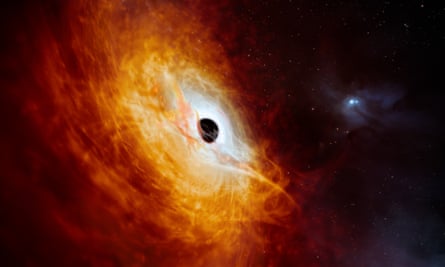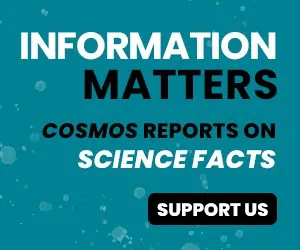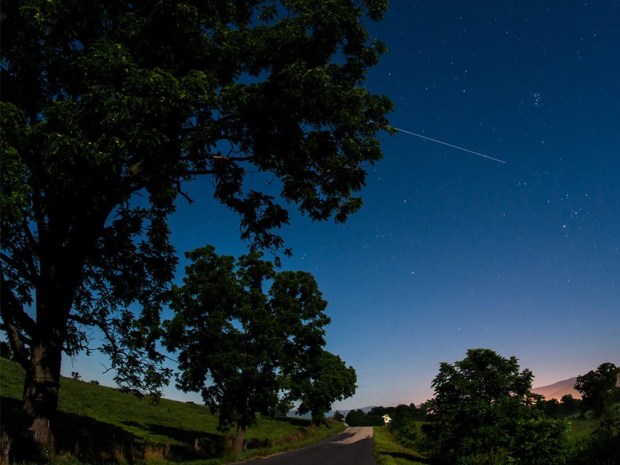-
Young Minds Ignite Passion for Astronomy and Ecology at 7th National Earth and Space Summit

Notre Dame Eco and Space Club hosted the 7th National Earth and Space Summit (NESS) on the premises of Notre Dame College from May 16 to May 18, 2024. This festival aimed to ignite young minds in astronomy and ecology from across the country. The festival gathered around 2500 participants and total 6,000 visitors from…
-
International Astronomy Day 2024: Celebrating the Wonders of Space

International Astronomy Day 2024: Celebrating the Wonders of Space Askari Jaffer Hans News Service | 18 May 2024 10:00 AM GMT Highlights The vast expanse of outer space has captivated human imagination for centuries, filled with enigmas that inspire awe and curiosity. The vast expanse of outer space has captivated human imagination for centuries, filled…
-
International Astronomy Day 2024: History, Quotes, and How is AI Changing Astronomy?
In 2024, International Astronomy Day will be observed on May 18 and October 12. (Image: Shutterstock) International Astronomy Day is a day for astronomy enthusiasts and professionals to share their knowledge and love of outer space with the general public. The mysteries of outer space and astronomy have fascinated the world for the longest time.…
-
‘It ain’t no garbage.’ Canadian farmer finds chunks of space debris

Barry Sawchuk stands next to some of the space debris he found on his farm. Credit: Twitter/Gillian Massie/980 CJME. Barry Sawchuk and his son were tending to their farmland in southeastern Saskatchewan when they came across several pieces of space junk that may have come from a SpaceX mission, according to reports in the Saskatoon…
-
Alien ‘Dyson sphere’ megastructures could surround at least 7 stars in our galaxy, new studies suggest

At least seven stars in the Milky Way show signs of potentially harboring a hypothetical, super-advanced form of alien technology known as a Dyson sphere, scientists claim. While the researchers can not be totally sure that these stars host intelligent civilizations, they will undoubtedly pique the interest of scientists searching for extraterrestrial life in the…
-
Black holes observed colliding when universe was only 740m years old

A pair of black holes has been observed colliding in the ancient universe for the first time. The observations, by the James Webb Space Telescope, reveal a merger of two galaxies and the monster black holes at their centres when the universe was just 740m years old, about a 20th of its current age. The…
-
James Webb Space Telescope sees black holes stop star formation in massive galaxies

May 15, 2024 Cosmos Cosmos is a quarterly science magazine. We aim to inspire curiosity in ‘The Science of Everything’ and make the world of science accessible to everyone. By Cosmos A new study using observations from the James Webb Space Telescope (JWST) suggests that supermassive black holes are rapidly shutting off star formation in…
-
Astronomy & space science workshop series for students

Astronomy & space science workshop series for students The Hans India Hans News Service | 15 May 2024 6:24 AM GMT Highlights The two-hour long workshop, tailored exclusively for students aged 13 to 18 and provided free of charge, explored the dynamism projected by the fluid mechanics. After equipping students with the knowledge, the children…
-
How to see the ISS (International Space Station) from your yard

The International Space Station is seen in this 30 second exposure as it flies over Virginia in 2015. Credit: NASA/Bill Ingalls. Lots of things change in the night sky. Stars rise and set during the night; constellations come and go as the seasons pass; planets waltz along the ecliptic, visiting the zodiacal constellations on their…
-
SPACE India, American Center to launch astronomy & space science workshop series

New Delhi, May 14 (IANS) SPACE India, a space educational organisation, has joined hands with the American Center to launch an astronomy and space science workshop series, it said on Tuesday. The once-a-month workshop series aims to foster space science and astronomy education at the grassroots level and also marks a significant milestone in the…